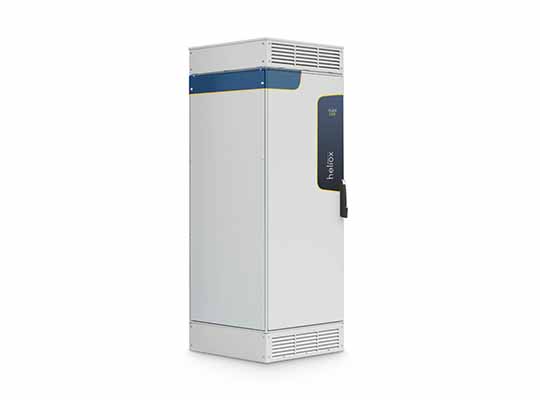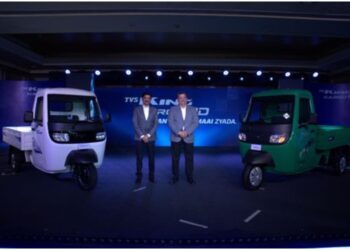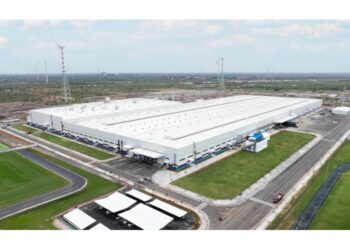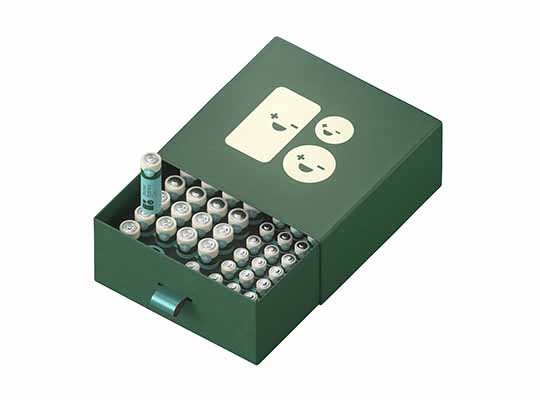LONDON – Rapid charging expert Heliox has announced the launch of its 180kW Flex Charge System, designed for high-powered depots and overnight charging across multiple vehicles, including buses and trucks. The Heliox 180kW Flex Charge System has recently been rolled out by Multiobus in Belgium, with GVB Amsterdam and Transdev Hermes in Eindhoven to follow shortly.
From 1 January 2025, at least 30 cities must have established a zero-emission zone as per their commitment to the Paris Climate Accord of 2015. The goal brings into focus balancing the immediacy of transition with an eye on being future-proof. Flex Charge also allows fleet owners to scale up charging infrastructure as their fleet grows, as opposed to a higher up-front cost, reducing upfront payments and in the long run, lowering the total cost of ownership.
“With Heliox Flex Charge, fleet operators can expand their charging infrastructure at the same time as their fleet and add power as needed. Startup and capital costs are the biggest challenge for electric vehicle adoption, and we are excited to be leading the charge with Flex, at a pivotal moment for the industry.” said Michael Coljin, CEO of Heliox Group.
The Heliox 180kW Flex Charge System is a simple plug-in system designed to be compatible with vehicles and interfaces built to last over 15 years.
In the first 6 months of 2021, Heliox has supplied over 1 million high power charge sessions, or 6000 sessions per day, with over 25,000 commercial EVs powered by Heliox globally. On average, this equates to a daily carbon saving of 3000-4000 tons per day. Simply put, this is the equivalent of lighting up 3000 homes annually. Additionally, cities that have adopted Heliox’ solutions for public transportation are working towards a 97% reduction in emissions en route to the 2025 zero-emissions target.
“For both environmental and economic reasons, the decision to electrify a fleet or switch to an electric vehicle is now clearer than ever. Total cost of ownership is competitive with diesel, with EV expected to be nearly a dollar a mile cheaper by 2030. This is an attractive switching argument for any ambitious fleet owner,” says Colijn.













